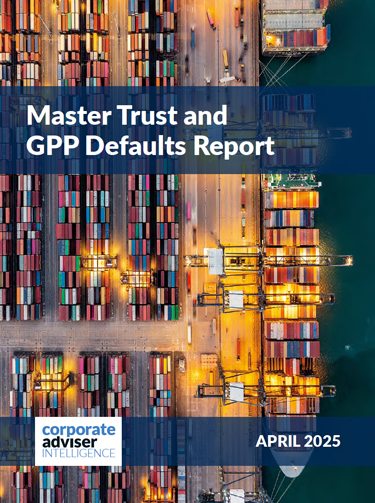Intermediaries have traditionally kept providers at arms-length from their employer clients. But this is changing as employers come under increasing pressure to improve productivity
and address staffing issues. Realising value is key. This is about helping keep workforces happy, healthy and in good work. It’s about providing ongoing support post-sale and in between renewals. And it demands a new style of support from our industry, and a new partnership between providers, intermediaries and clients.
There are a multitude of pressures on employers, not least record levels of sickness absence and economic inactivity, due to long-term illness. Cost constrains are also an issue with rising premiums (particularly in the PMI market) and the national insurance increases adding further pressures for clients.
Against this backdrop, employers want a more joined-up approach to wellbeing — providers, in partnership with intermediaries, are well placed to help.
That includes helping employers to streamline, consolidate and control costs across their benefit ecosystem. John Kerr, director of Incorporate Benefits LLP, one of the many specialist intermediaries we work with, points out that during the pandemic, everything was thrown at benefits. He says we’re now seeing a settling down period, with employers re-examining benefits as they don’t always know how to piece it all together.
Once a client has renewed, or a new client onboarded – and with the intermediary’s agreement – the provider can offer ongoing support direct to the client, to help encourage employee engagement with the various
added-value wellbeing services included in the proposition. This includes HR and line manager engagement, to help improve absence management, prevention, early intervention and rehabilitation.
Each provider offering will be different. But in our experience, this support would be tailored to the client’s need and might include employee communication (data-driven, tactical or strategic) and monitoring and management of benefits and services. The latter includes anything from usage statistics to a full audit of wellbeing strategy. An audit can help clients determine the cost of impaired wellbeing in terms of productivity loss. It also helps them identify benefit gaps and overlaps — plus what’s working and what isn’t on a cultural level, to inform better wellbeing programme design.
Traditionally, intermediaries were reluctant to let providers get too close to clients. There were concerns about cutting them out and this disrupting the relationship. Switching, as a result of premium increases, can also be more difficult if the client is too close to the incumbent.
So what’s changed? For a start, the provider and intermediary marketplace has consolidated further so there’s less choice. Plus, there’s now much more of a balance between the cost of the group protection insurance and the value of the wellbeing services that are provided as standard at no extra cost. So, there’s a different emphasis – a bigger focus on building longer term relationships to drive value.
Intermediaries have become more supportive of this approach. And when a client does change providers, it’s unlikely they’ll move again within four to six years.
What hasn’t changed is that there’s still a high degree of inertia in the industry.It’s understandable that the majority of clients will stay with their existing provider and renew if they’re broadly happy. This is especially important for SME businesses where the cost to serve is relatively high. Intermediaries can then focus on those clients who require extra support.
However, price is often still king with employee benefits, especially given the increases to PMI premiums. The intermediary has the challenge of choreographing a delicate balancing act: premium versus the value a provider brings.
Ultimately, no-one wants to lose clients, so retention rates are presently high. But as Kerr puts it, fundamentally advisers are insurance not wellbeing specialists. He says advisers are normally happy for this support to be offered via providers, and the communication often lands better with the client as a result. Provided there is trust on all sides this can strengthen this three-way relationship.





